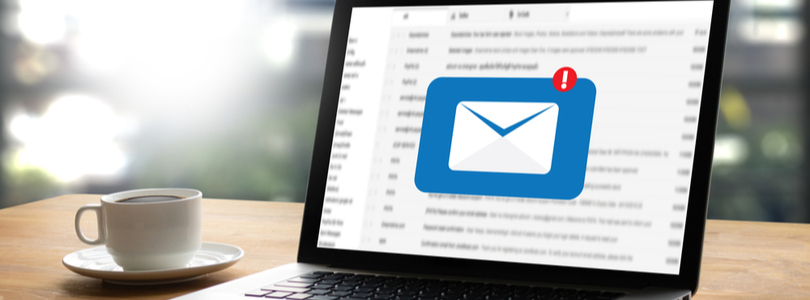We use email all the time, so it’s easy – even routine – to fire one off without thinking much about it. But that doesn’t mean you should.
After all, we’ve all been on the receiving end of a weird email. Cranky in tone, cryptically short, confusingly long, or anything in between – an off-seeming message can mess with the rhythm of anyone’s day.
Don’t play unintentional head games with your colleagues or clients. Take a minute to make sure your email is doing what you intended and facilitating – not scrambling – communication.
Not too long or too short, but just right
As with many other things, it’s important not to lose sight of the middle ground with your emails.
If you’re churning out paragraphs, pick up the phone instead
It may be tempting to explain every component of a situation, but make sure you respect the time of the person receiving the email. Do they actually need to know how every possible scenario could play out? Or all the backstory of why you’re asking your questions?
Try to only include necessary context for the recipient. And if there really are too many details, then make a phone call instead. It’ll save you both time and you’ll probably get a faster response. It’s all too easy to punt long emails until they’re forgotten.
In general, your email length should max out after a few three to five sentence paragraphs. If it doesn’t, expect to help readers skim with bold text, highlighting, and bullet points.
Don’t make the recipient play detective
Just as problematic is the ultra short email that doesn’t give any context. If you’ve established a friendly rapport with someone, you can skip the greeting.
But make sure you’ve included the information they need to understand your email if they’re reading it right after a meeting unrelated to your conversation. Email isn’t a text message. And writing, “Did you read that doc?” to someone who reads many documents in a day forces them to do an unfair amount of sleuthing.
Respond at the level you’d like to receive
There’s no way faster way to frustrate a client or co-worker than to ignore components of their email in your response. Picking and choosing which questions you answer suggests you don’t care, don’t know, or didn’t bother to read everything.
Don’t hold up your team’s progress or induce a round of passive-aggressive “Just checking in” emails from a client. If you can’t answer a question now, tell the person you’ll get back to them – and make a note of it on your task list.
If there are too many questions to reasonably address via email, suggest a quick phone call instead. Clients sometimes ask a lot of questions when they don’t feel confident that they know what they should be asking. A short phone conversation can set them at ease.
Likewise, a coworker overdoing the questions may be a symptom of underlying confusion that’s better remedied by a direct conversation. But, if they’re a repeat offender – well, there might be a blog article about emails you can share with them.
Communication starts with the subject line
The working world has many sayings about first impressions – and they apply to an email’s subject line too.
It may seem like a small thing, but for the many folks who receive over a hundred emails a day, the subject line tells them what to read for as they open the email. Or what to skip. This is even more important when so many people are working remotely and relying on non-direct forms of communication.
Keep the subject line simple and straightforward. The ability to summarize your message in a few words is often correlated to how well you yourself understand the purpose of the email you’re sending – so it can be a good check on what you’ve written.
Plus, a clear and direct subject line tends to make us think the email will follow suit – which makes it easier to open and attend to now.
Crafting an email doesn’t need to be the intellectual feat of your day. But it is a conversation. And just like conversing face-to-face, people notice if you’re not putting thought into what you say.
Instead, take a moment to review what you’ve written. It may just be an email, but a little critical thought shows respect for the recipient’s time, makes them more likely to respond promptly, and communicates your professionalism.

